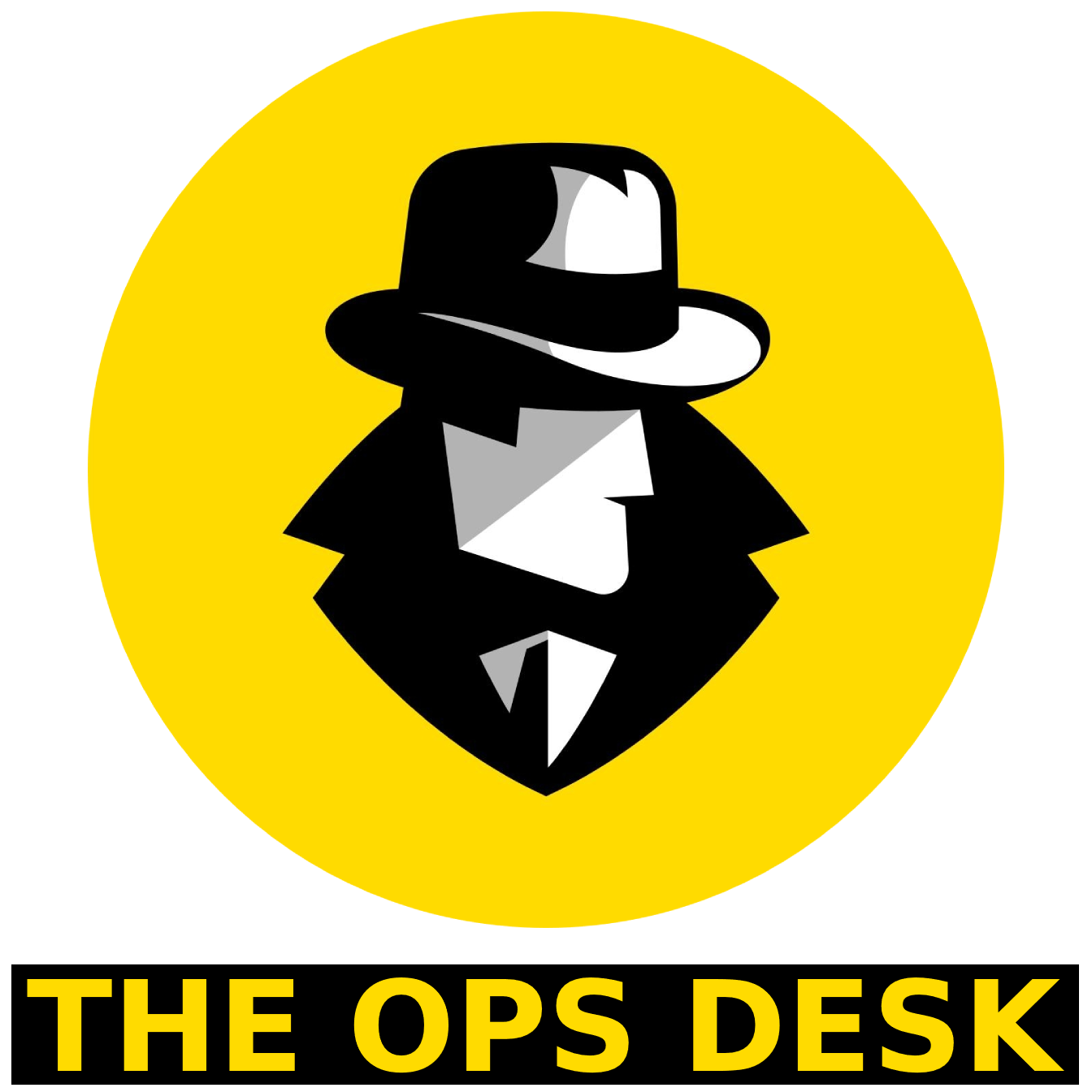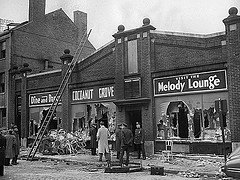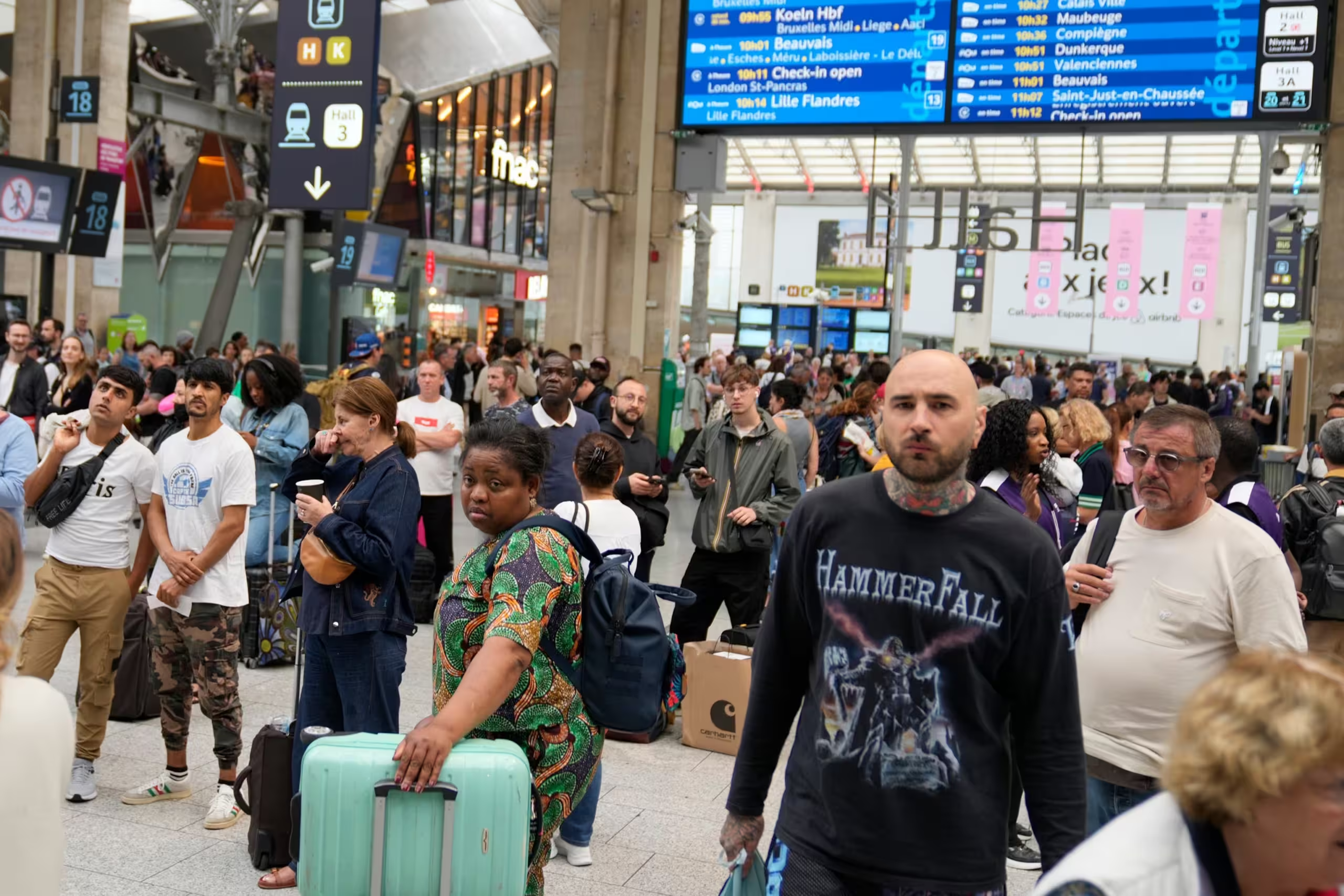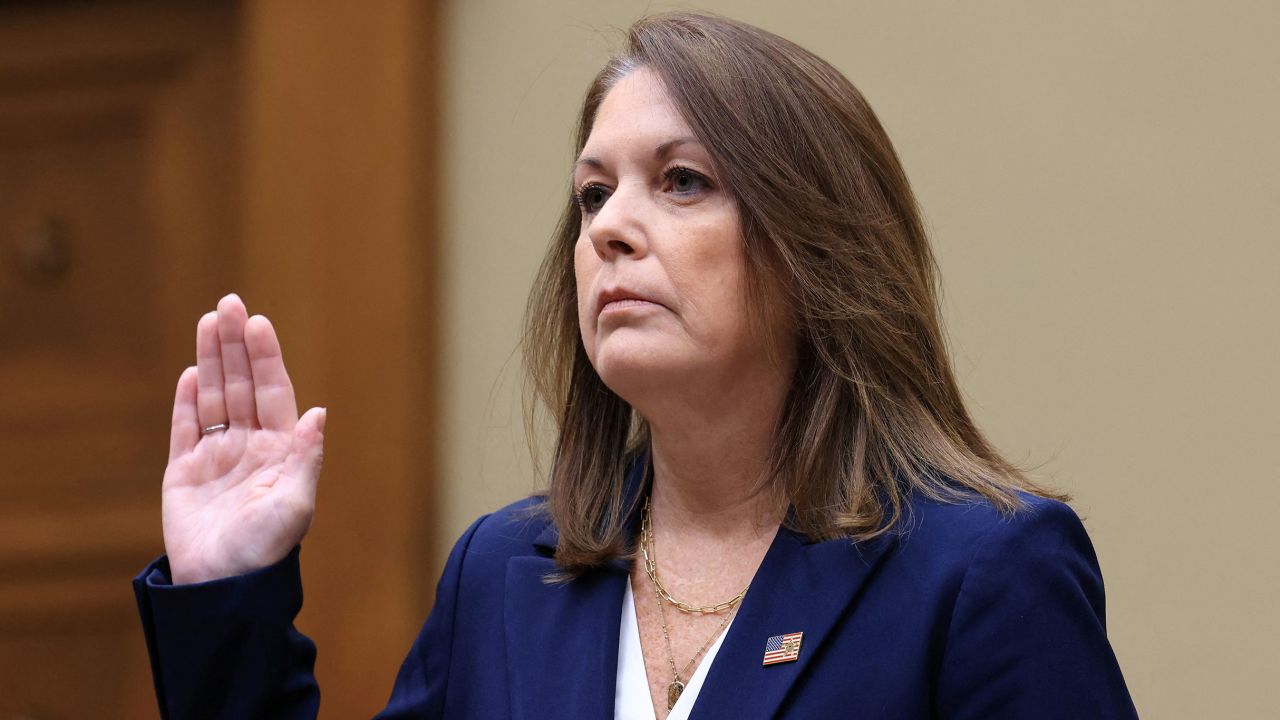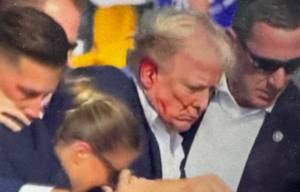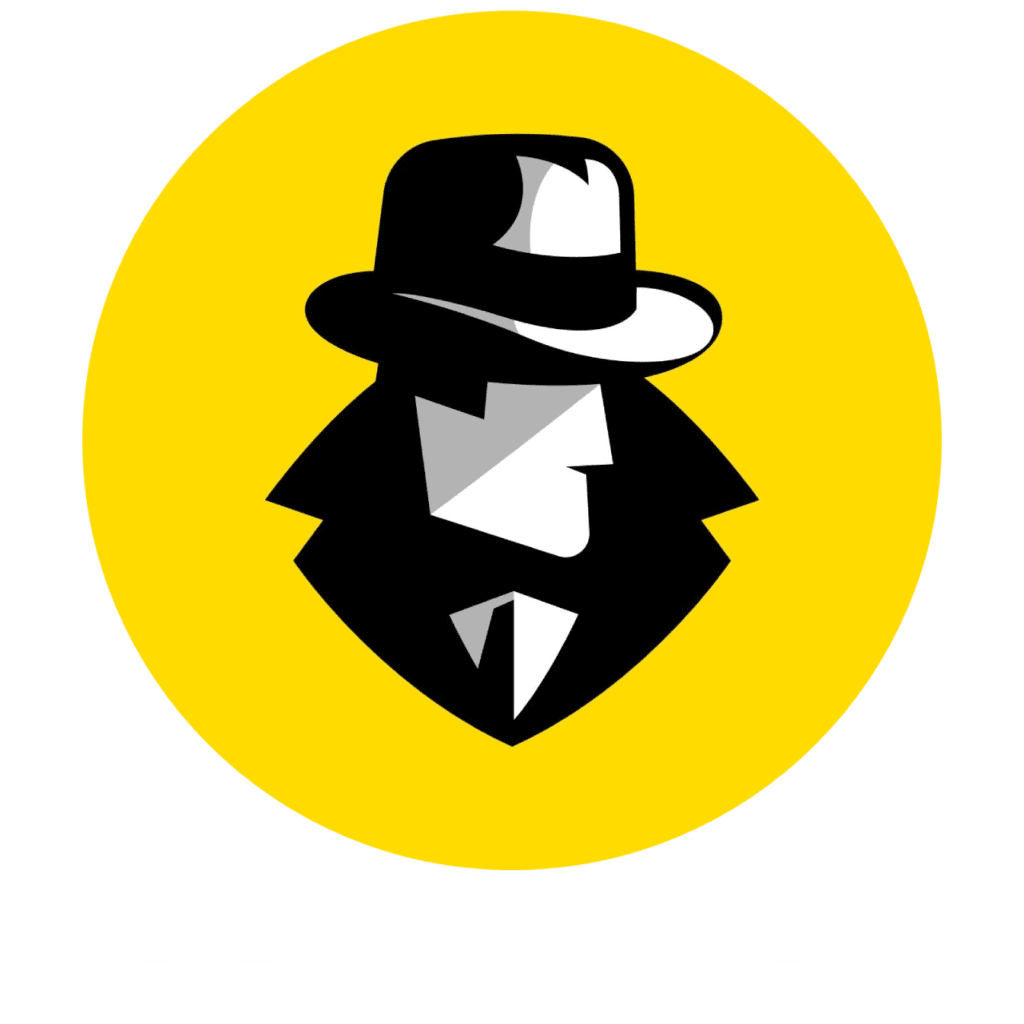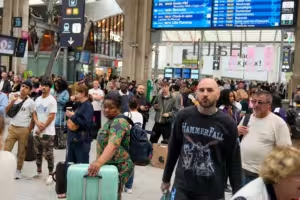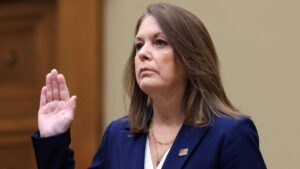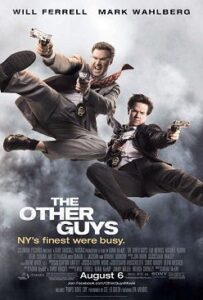On November 28, 1942 a fast moving fire in the Cocoanut Grove nightclub resulted in the death of 492 people. It was the second most deadly fire in United States history. The fire was probably started accidentally by a young busboy who lit a match in a darkened corner of the club. Some of the elaborate decorations that ran throughout the club, including along the entire ceiling, caught fire. The fire spread at a fantastic rate. The club was filled well past capacity and fire exits were locked shut. The main entrance was a single revolving door which was immediately rendered useless by the surging crowd. The 492 fatal victims were either burnt to death or succumbed to the superheated smoke that reached every corner of the club.
There was negligence on numerous levels around this disaster. The Boston Fire Department held an inquiry when it was discovered that the establishment had been inspected only days before. Additional investigations showed that that Cocoanut Grove (which was frequented by the Mayor, Maurice Tobin) had no liquor license and no food permit. Recent refurbishments had been done without permits and using unlicensed contractors. The busboy who started the fire was underage and should not have been working there. Close connections to organized crime figures was likely the reason for all these “oversights”. Mobster Charles Solomon, also known as “Boston Charlie”, owned the club until his murder in 1933. Ownership then passed to Solomon’s lawyer Barnet “Barney” Welansky, who sought a more mainstream image for the club while privately bragging of his ties to the mafia and politicians. Welansky was known to be a tough boss who cut corners, hiring unlicensed and inexperienced workers for low wages. He allowed overcrowding, locked most exits, concealed others with draperies, and even bricked up one emergency exit to prevent customers leaving without paying.
The Commonwealth of Massachusetts determined that there was enough for a criminal prosecution. Welansky was taken to trial for the deaths of 19 randomly selected victims. They argued that although he had nothing to do with the start of the fire, his wanton disregard for safety was enough to prove manslaughter. He was found guilty and sentenced to 12-15 years in prison.
The Cocoanut Grove fire had a lasting effect on fire safety. Building codes were amended in Boston and elsewhere. Laws about the usage of revolving doors were changed. Exit doors were to be clearly marked, be unlocked from within, and free from blockage by screen, drapes, furniture or business supplies. Use of non-combustible decorations and building materials was ordered, as was the placement of emergency lighting and sprinklers. Stricter enforcement standards were created around the country to prevent another tragedy like Cocoanut Grove. In addition, great strides were made in the treatment of burn injuries. Hospitals in Boston under the leadership of Dr. Oliver Cope began several innovative methods to treat these burn victims including skin grafting and infection prevention medicines.
PHOTO BY HTTP://WWW.LIKALOUNGE.COM/COCONUT-GROVE-NIGHT-CLUB-FIRE/, FAIR USE, HTTPS://EN.WIKIPEDIA.ORG/W/INDEX.PHP?CURID=34045663